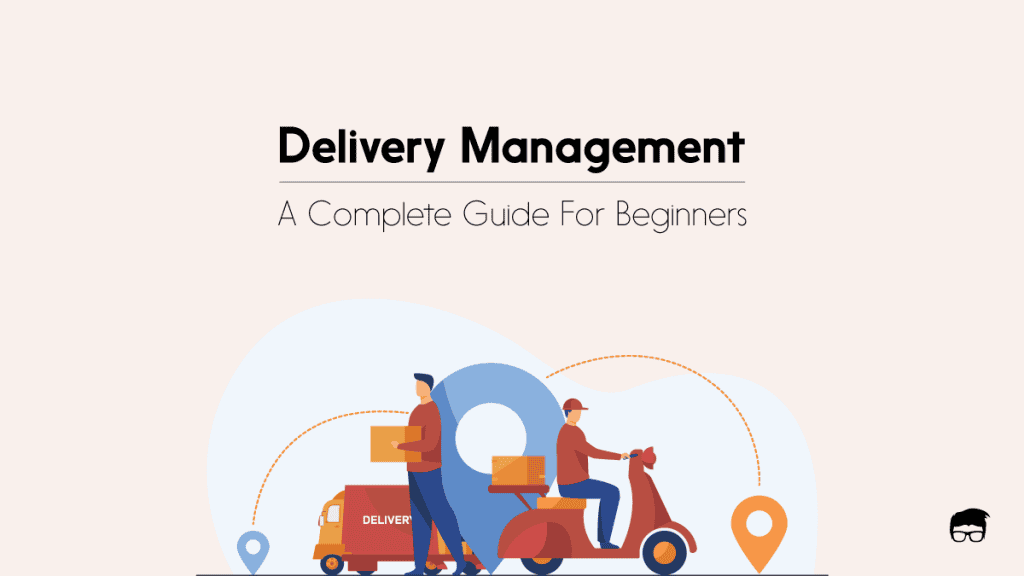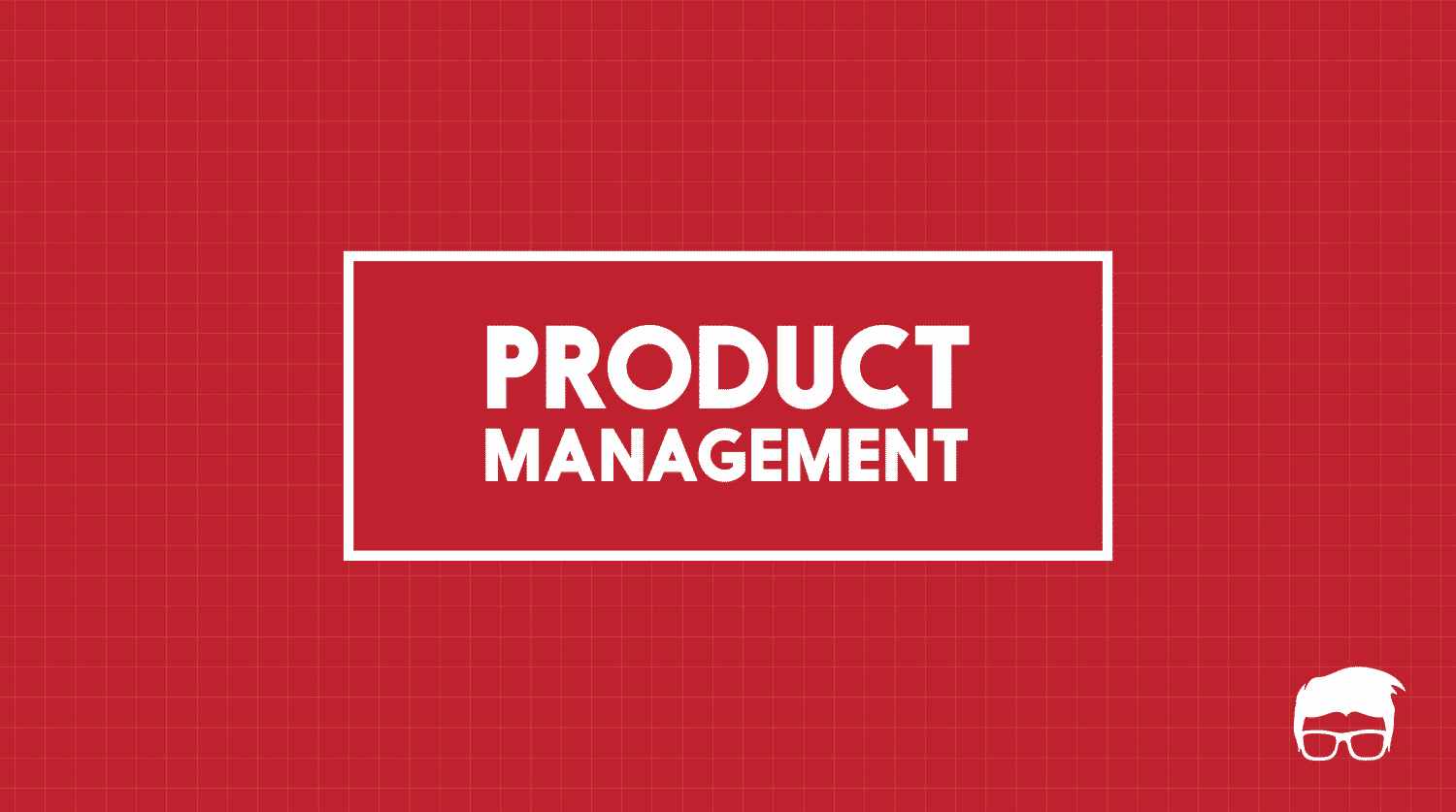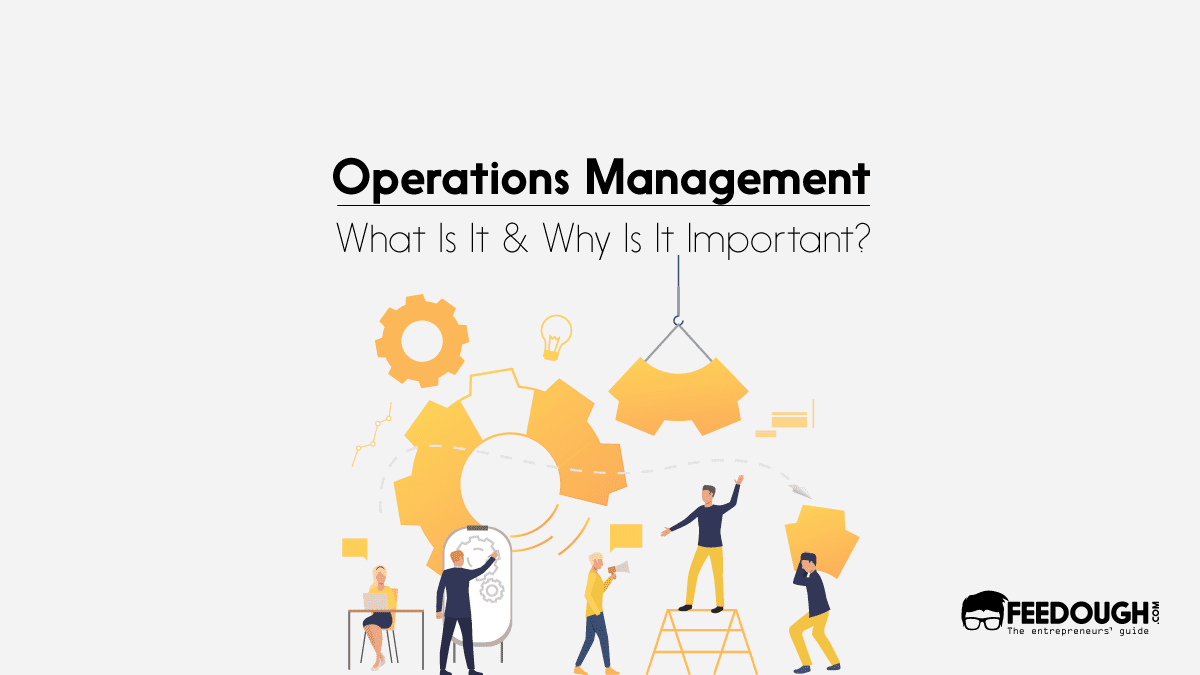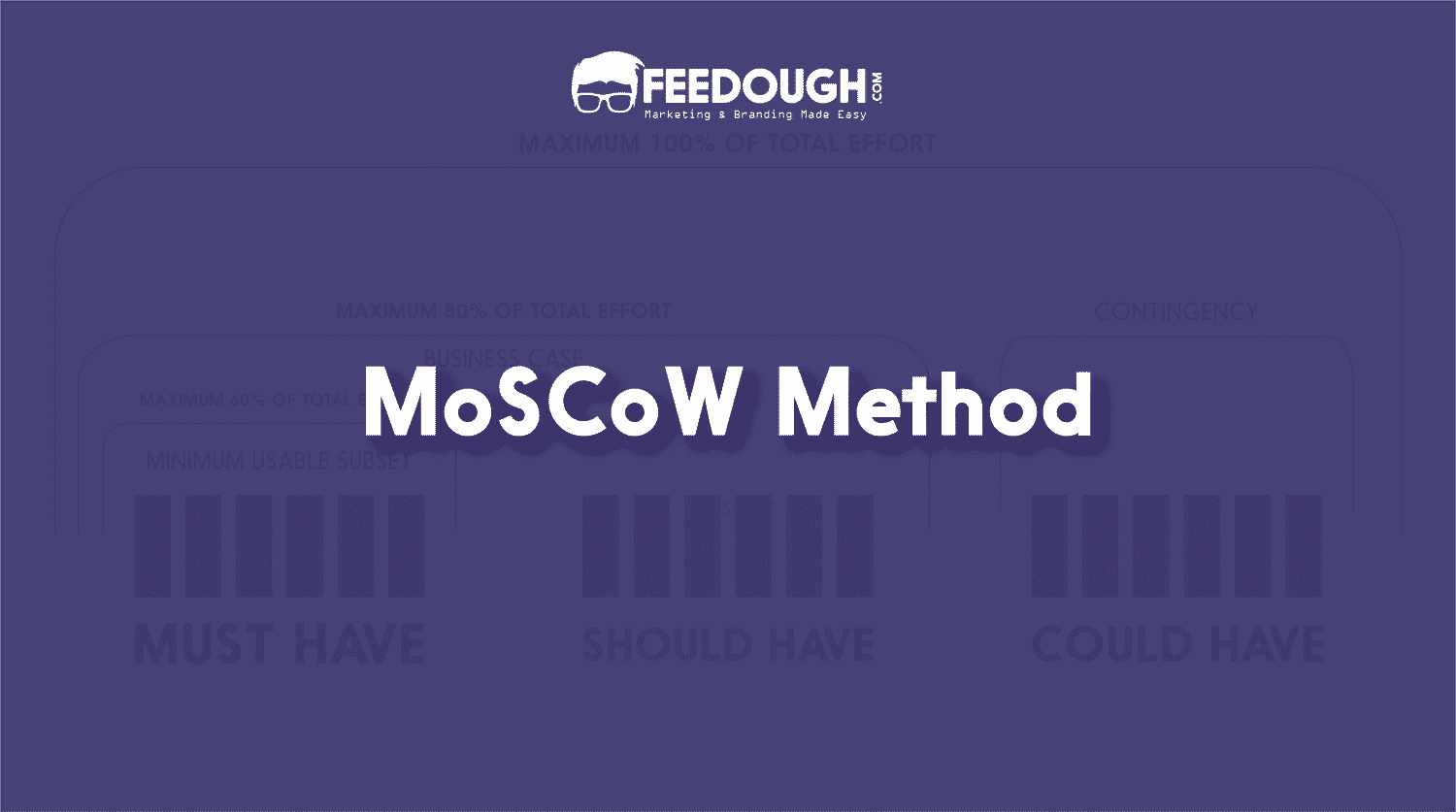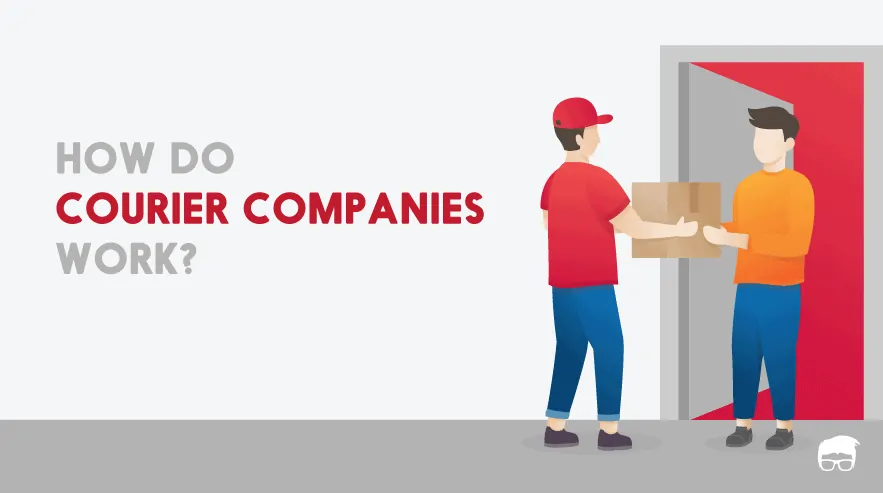Delivery of products or services is a major function of many businesses. It is crucial to ensure that the product reaches the customer’s doorstep as soon as possible to guarantee maximum satisfaction.
However, it is a daunting task to maintain a business’s efficiency and deliver orders swiftly and without a hitch, consistently meeting customer expectations with timely deliveries and maintaining high satisfaction levels.
Enter delivery management – the crucial process that keeps the logistics running smoothly. It’s the backbone of any successful business, ensuring products move seamlessly from warehouse shelves to customer doorsteps. Without effective delivery management, even the best products can fall short of customer expectations.
Delivery management includes everything from order processing and inventory control to transportation and real-time tracking. It’s about optimising routes, reducing costs, and maintaining high levels of customer satisfaction. A robust delivery management system is the key to meeting delivery deadlines, minimising errors, and keeping customers happy.
In this article, we’ll dive into the essentials of delivery management, uncovering the strategies that drive efficiency and the technologies that streamline operations.
What is Delivery Management?
At its core, delivery management encompasses everything from the moment a customer places an order to the instant that order lands in their hands. It’s about coordinating all the moving parts that make this journey possible – think order processing, inventory control, route planning, driver scheduling, and customer communication.
However, effective delivery management involves more than just moving packages around. It also involves making smart decisions that balance speed, cost, and customer satisfaction. It means using data and technology to predict demand, optimise routes, and provide real-time tracking.
Here’s a closer look at what delivery management involves:
- Planning and coordination: This means figuring out the most efficient routes for drivers, scheduling deliveries, and ensuring enough resources, like trucks and staff, to handle the workload.
- Tracking and visibility: Delivery management systems allow companies to track the location of packages in real-time. This helps keep customers informed and allows businesses to identify potential problems early.
- Communication: Clear communication is key. Delivery managers need to coordinate with drivers, warehouse staff, and customers to ensure everyone is on the same page.
Thus, delivery management is the behind-the-scenes process of overseeing the entire journey of goods, from the point of origin (like a warehouse or store) to the final destination (the customer’s home or business). It’s all about ensuring deliveries are efficient, timely, and in good condition.
Key Components of Delivery Management
Delivery management relies on various key components that ensure products move smoothly from origin to destination, meeting customer expectations and maintaining efficiency throughout the process.
- Order Processing: Customer orders are received and reviewed, inventory levels are checked, and products are prepped for shipment. Efficient order processing means everything is accurate and ready to go without any delay.
- Inventory Management: This involves keeping a close eye on stock levels, managing warehouses, and replenishing inventory as needed. Good inventory management ensures that the right products are available at the right time, preventing stockouts and overstocking.
- Transportation Management: Transportation management is all about choosing the best routes and modes of transport for deliveries. This includes planning and optimising delivery routes, managing relationships with carriers, and ensuring compliance with transportation regulations. The goal here is to cut down delivery times and costs while boosting efficiency.
- Delivery Tracking: Delivery tracking provides real-time visibility into where shipments are. Using tracking technologies, businesses can monitor the movement of goods from the warehouse to the customer’s doorstep. This transparency keeps customers informed and helps manage their expectations.
- Customer Communication: Customer communication means keeping customers in the loop throughout the delivery process. This means sending order confirmations, shipping notifications, and delivery updates. Clear and timely communication can significantly enhance the customer experience.
7 Pillars of Delivery Management
The seven pillars of effective delivery management are key to ensuring a smooth and efficient delivery process.
- Route Planning: Route planning is all about finding the most efficient way to complete deliveries. This involves optimising routes by considering factors like traffic patterns, distance, delivery time windows, and the number of stops. This helps to minimise travel time, costs, and environmental impact.
- Driver Scheduling: It is crucial to have the right drivers available at the right time. This involves scheduling drivers based on their availability, skills, and workload. Whether it’s ensuring drivers are certified for specific vehicle types or balancing their shifts, proper scheduling keeps everything running smoothly.
- Dispatch Management: Once routes and drivers are assigned, dispatch management takes over to ensure everything goes smoothly on the day of delivery. This means providing drivers with their routes, customer details, and package information and handling any last-minute changes or issues that arise.
- Delivery Tracking: Real-time tracking is a game-changer, allowing companies to monitor the location and status of deliveries. This pillar empowers businesses to proactively communicate with customers about estimated arrival times and identify potential delays, keeping everyone in the loop.
- Customer Communication: Keeping customers informed about their deliveries is essential for building trust and satisfaction. This means keeping them informed about their delivery status, estimated arrival times, and any potential delays or issues. This pillar focuses on using clear and consistent communication channels, such as automated notifications, email updates, or a customer portal, to keep customers updated every step of the way.
- Proof of Delivery: This involves obtaining electronic signatures, photos, or other verification that the package was received by the intended recipient. It helps ensure accountability and provides a clear record of successful deliveries.
- Performance Analysis: Analyzing delivery performance data helps identify areas for improvement, make delivery more cost-effective, and optimise operations. This involves analysing delivery data to identify areas for improvement, such as delivery times and success rates, optimising routes to reduce fuel consumption, or finding ways to cut packaging costs. Efficient delivery management can lead to significant savings and improved profitability.
Importance of Delivery Management
Delivery management is crucial for businesses that rely on getting products to customers. It streamlines the entire delivery process, from order processing to final delivery. This reduces manual tasks, improves communication, and frees up resources for other business areas, making operations smoother and more efficient.
Some of the other reasons that make delivery management important are listed below.
- Customer Satisfaction: Fast, reliable, and efficient deliveries are key to keeping customers happy. Good delivery management ensures on-time deliveries, minimises errors, and keeps customers informed about their order status. This builds trust and loyalty, leading to repeat business and positive word-of-mouth promotion.
- Cost Reduction: Optimized delivery routes, efficient resource allocation, and fewer errors can significantly lower delivery costs. Delivery management helps identify areas for improvement, such as minimising empty miles driven or optimising packaging sizes, making the process more cost-effective.
- Competitive Advantage: In today’s on-demand economy, fast and free shipping is often expected. A superior delivery experience gives businesses a competitive edge and attracts more customers. Those who excel at delivery management can stand out and meet rising customer expectations for fast, reliable, and transparent delivery.
- Inventory Management: Efficient delivery management helps maintain accurate inventory levels. Real-time tracking of deliveries allows businesses to predict demand and ensure they have enough stock on hand to fulfil orders, preventing stockouts and overstock situations.
- Risk Mitigation: Good delivery management can identify and mitigate potential risks associated with deliveries, such as delays due to weather or traffic. Proactive communication with customers can minimise frustration in these situations and keep everyone informed.
Delivery management plays a crucial role in optimising processes like route planning, dispatch management, and performance analysis. This helps the business reduce costs, improve productivity, and eliminate redundant tasks, leading to faster delivery turnaround times.
Advantages of Delivery Management
As businesses grow and handle increasing order volumes and more extensive delivery networks, Delivery management ensures that the business can keep up with demand without missing a beat. This makes delivery management an indispensable tool for businesses.
Some of the other significant advantages are listed below.
- Profitability: Effective delivery management can directly boost a business’s profitability by enhancing operational efficiency and customer satisfaction. It enables better fleet utilisation, reduced fuel consumption, and automation of repetitive manual tasks.
- Data-Driven Decision Making: Delivery management systems generate valuable data on delivery performance. Businesses can analyse this data to identify trends, optimise routes further, and make informed decisions for future improvements.
- Reduced Environmental Impact: Optimized routes can minimise fuel consumption, leading to a lower carbon footprint. Additionally, some delivery management systems can help consolidate deliveries, further reducing emissions. It’s a win-win for the business and the planet.
- Improved Visibility and Control: Delivery management offers real-time tracking capabilities throughout the journey. This allows businesses to proactively address any issues and keep customers informed, leading to greater control over the entire delivery process. Knowing where everything is at all times gives peace of mind and a better handle on operations.
- Improved Inventory Management: Real-time tracking of deliveries helps businesses predict demand and ensure they have enough stock on hand to fulfil orders. This helps avoid stockouts and customer frustration. It’s all about being prepared and keeping the shelves stocked with what customers want.
Challenges of Delivery Management
One of the major challenges of delivery management is balancing the need for efficient deliveries with rising costs of fuel, labour, and vehicle maintenance. Delivery management, while offering significant benefits, also presents its fair share of challenges that businesses must navigate to ensure smooth operations and customer satisfaction.
Some of the other challenges that arise in delivery management are;
- Inefficient Planning and Routing: Poor route optimisation, limited visibility into delivery schedules, and inadequate resources can lead to delays and inefficiencies. Without proper planning, deliveries may take longer and incur higher costs unnecessarily.
- Communication Gaps: Clear communication is vital among drivers, warehouse staff, and customers. Ineffective communication channels can result in missed deliveries, delays, and frustrated customers who are left in the dark about their orders.
- Unexpected Delays: Factors like traffic congestion, adverse weather conditions, or vehicle breakdowns can disrupt even the best-laid delivery plans. While delivery management systems help mitigate some of these issues, unforeseen circumstances can still impact delivery timelines.
- Rising Customer Demands: Increasing customer expectations for faster and more flexible delivery options pose challenges. Meeting demands for same-day or instant deliveries adds complexity to planning and execution processes, requiring agile solutions.
- Technological Integration: Integrating different delivery management systems with existing warehouse or inventory management software can be complex and may require substantial investment in technology and infrastructure.
- Driver Management: Recruiting and retaining qualified drivers in competitive markets can be tough. Managing driver schedules, ensuring compliance with regulations, and maintaining workforce morale are ongoing challenges for delivery operations.
- Data Security Concerns: Delivery management systems collect sensitive customer data, necessitating robust security measures to protect against breaches. Data security lapses can erode customer trust and lead to regulatory repercussions.
How To Improve Delivery Management?
Improving delivery management is crucial for businesses looking to enhance efficiency and cost-effectiveness. Businesses need to stay competitive and ensure customer satisfaction.
Here are some practical strategies to optimise the delivery process:
- Invest in Delivery Management Technology: Start by adopting robust Delivery Management Software (DMS) that automates tasks, optimises routes, tracks deliveries in real-time, and provides actionable insights through data analysis. A good DMS can streamline operations and identify areas for improvement.
- Prioritise Order Fulfillment: Establish clear procedures for processing orders accurately and promptly. This includes verifying inventory, generating shipping labels, and efficiently assigning orders to drivers or routes to minimise delays.
- Optimise Routes and Schedules: Utilize route optimisation tools to plan the most efficient delivery routes. Consider factors like traffic patterns, delivery time windows, and the number of stops to reduce travel time and fuel costs. Effective scheduling ensures deliveries are completed on time.
- Implement Real-time Tracking: Offer real-time tracking of deliveries to both internal teams and customers. This transparency allows proactive communication about estimated arrival times and helps manage expectations while promptly addressing potential delays.
- Focus on Customer Communication: Maintain clear and consistent communication with customers throughout the delivery process. Automated notifications, email updates, or a customer portal can keep customers informed about their delivery status, fostering trust and satisfaction.
- Gather and Analyze Data: Harness the data generated by delivery management systems to analyse performance metrics regularly. Identify trends, pinpoint inefficiencies, and make informed decisions to continuously optimise delivery operations.
- Train Drivers: Invest in training programs to equip drivers with skills in efficient delivery practices, safe driving techniques, and excellent customer service. Well-trained drivers contribute significantly to a positive delivery experience.
- Develop Contingency Plans: Prepare contingency plans for unforeseen events like weather disruptions or vehicle breakdowns. Having backup strategies in place minimises disruptions and ensures deliveries stay on track as much as possible.
- Partner with Third-Party Logistics (3PL) Providers: Consider collaborating with 3PL providers, especially for managing high-volume deliveries or expanding into new markets. 3PLs bring expertise, resources, and scalability that can optimise efficiency and reduce operational costs.
Best Practices In Delivery Management
Effective delivery management requires a comprehensive approach that includes the implementation of various strategies that streamline operations, enhance customer satisfaction, and optimise resources.
Some of the best industry practices in delivery management are enumerated below.
- Planning and Optimization: Start by establishing clear Service Level Agreements (SLAs) with customers, detailing delivery timelines, costs, and communication protocols. This ensures everyone is aligned from the outset. Use data-driven demand forecasting to optimise inventory levels, preventing stockouts while minimising storage costs. Invest in route optimisation software to create efficient delivery routes based on factors like distance, traffic patterns, and delivery windows, thereby reducing travel time and fuel consumption.
- Execution and Tracking: Implement real-time visibility systems to track deliveries as they progress. This enables monitoring of driver activities, early identification of potential delays, and proactive communication with customers. Capture Proof of Delivery (POD), either electronically or physically, to confirm successful deliveries and minimise disputes. Equip drivers with mobile technology loaded with delivery information, navigation aids, and POD capture capabilities to streamline their workflow and boost efficiency.
- Communication and Performance Analysis: Maintain clear and consistent communication channels with customers, drivers, and warehouse staff. Provide timely updates on order status, delivery schedules, and any unexpected delays to manage expectations effectively. Track key delivery metrics such as on-time delivery rates, delivery costs, and customer satisfaction scores. Analyse this data regularly to identify areas for improvement and continuously optimise delivery processes.
- Customer Experience Focus: Prioritize customer experience by ensuring clear communication, accurate delivery updates, flexible delivery options, and swift issue resolution. This will build trust, foster customer loyalty, and generate positive word-of-mouth recommendations.
- Leveraging Technology and Automation: Adopt delivery management software and real-time tracking platforms to automate processes, improve operational efficiency, and enhance visibility for both the business and customers.
- Partnerships and Collaboration: Forge strong partnerships with carriers, logistics providers, and other supply chain stakeholders to leverage their expertise, resources, and networks to optimise delivery operations.
- Additional Best Practices: Focus on driver satisfaction by investing in training, offering competitive compensation, and fostering a positive work environment. Embrace sustainability practices like using eco-friendly packaging, optimising routes for reduced fuel consumption, or integrating electric vehicles into the fleet. Build flexibility and scalability into the delivery management system to handle fluctuations in order volume and business growth efficiently.
A lawyer dealing with corporate laws, a voracious reader and a keen writer. Satyaroop has a broad experience in the legal and startup industries and has worked with more than 15 companies, startups and legal publications on research-oriented projects. In his spare time, he enjoys reading fiction, biking and playing video games.
